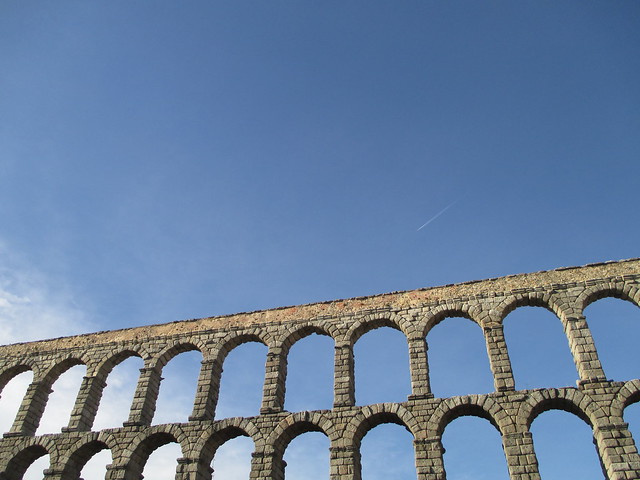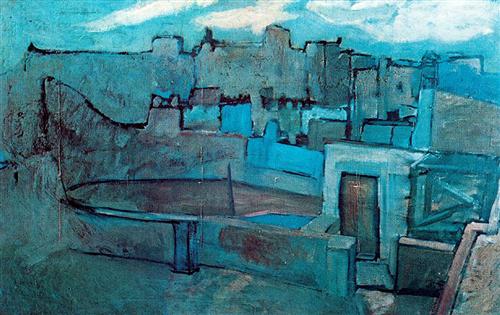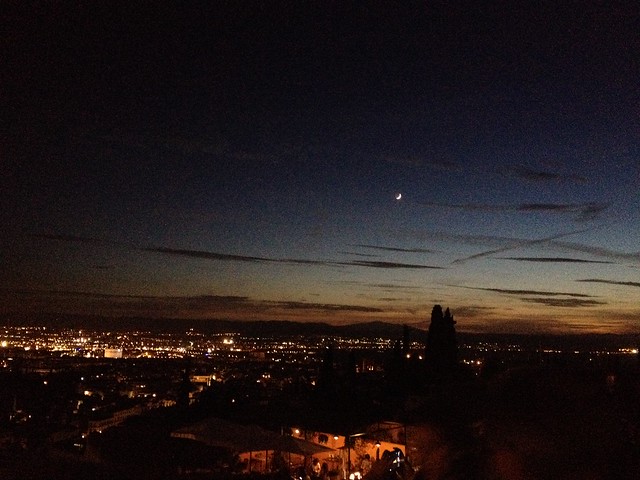I took my PSLE at a time when it was just an exam at the end of primary six. Sure, there was pressure to do well and get in a 'better' school. My form teacher, who at that time, taught us practically everything except language, was concerned more about maths and science. She gave us extra tests with questions from 'external sources', probably a tuition centre. There were some kids in my class who were enrolled in supplementary classes outside school and they seemed to better off for it. I think the general thinking at that time was that tuition was for kids who needed help. So most of us led rather casual lives filled with police and thief, TV and idling about, once homework was done.
I didn't do exceptionally well at PSLE nor terribly badly, 237. I simply progressed up the education track, entering the Express stream in a neighbourhood secondary school. (I did move from Jurong to Yishun, so I lost all my primary school friends and had to do the awkward start over. Damn the cheaper HDB flat in a newer new town.) The secondary school I went to wasn't spectacular when it came to grades. I remember my form teacher singling out those who scored 230 or more, lined us up in front of the class, as if we were going to be executed by firing squad, and told the rest to look us up for help. Phew. It was a bit of an ego boost, perhaps a premature estimation of our talents. I wonder how the rest felt. The kids with 229 scores would have been raging inside.
Last Friday PSLE scores for 42,000 kids were released. Two of them were for a niece of a friend, and the other the daughter of a colleague, both girls. The friend's niece did pretty well in the preliminary examinations and expected to repeat her scores in the crucial final hurdle. She didn't. Her lower scores caused her much anguish and suffering. Tears were bursting from said girl's face and wetting her mum's comforting midsection. Inconsolable. She was afraid she wouldn't get into the school of her liking. That her friends would leave her behind, abandoned in some godforsaken neighbourhood institution with gangsters and hoodlums. Her grandfather perpetuated her fears of impending doom by saying it was over for her. My friend, in his quirky offbeat way at making the situation better, said that her life will never be the same again and scouted for a list of neighbourhood schools she could aim for. The family is giving her time to recover, keeping an eye out for drugs, needles and baked goods.
My colleague's daughter had a very different experience. The kid went to a much sought after 'good school'. She was smart/talented/savvy enough to join the Gifted Education Programme (GEP) at primary 4 and she excelled in the project based learning structure and non-standard content. In primary 6, she took some sort of entrance examination for a 'good secondary school' and received conditional approval for placement. All she needed to do was to hit a certain PSLE score. Ultimately she got in. What was interesting was that my colleague's daughter was more worried about her friends making it to the same school. She would miss them terribly. Her mum explained that the GEP had created a learning environment that encouraged sharing and leveraging each others' strength to get the job done. This team had grown close and splitting them up would be a traumatic start to adolescence.
My colleague's daughter did well enough to surprise the other parents waiting for their kids' results. They congratulated my colleague who was taken aback at the attention she now garnered, wanted or otherwise.
In all battles, not everyone can be a winner. Even the consistent ones. So there were kids that failed to meet expectations and were met instead by the surprised glares and obvious whispers. And these kids are just 12. Competition is such that everyone is ranked in a hierarchy of winners. Although we want to be cool about, that grades are not important and kids should have fun, reality bites when it is crunch time. These kids come to be judged by a three digit number. In the centre of the stress-filled donut that is primary school life are the parents. That whole thing about kids living their parents' dreams, it's true. I asked my colleague what was HER PSLE score when she got back into the office. She had taken a week off during PSLE week to be there for her kid. I am sure other concerned parents did the same. These days, parents send their kids to extra classes, sit by them doing the extra homework, and help them colour print their project work in the office. When i grew up, parents only cared when 1) money was concerned and 2) when the teacher them up. Hah!
My colleague was asked by a kiasu parent of a another girl in the same good school why she wasn't sending her daughter to the 'best school' (apparently this is RGS), my colleague, to my immense satisfaction, replied that this other school was closer to home, just 15 minutes away by bus.
My colleague was asked by a kiasu parent of a another girl in the same good school why she wasn't sending her daughter to the 'best school' (apparently this is RGS), my colleague, to my immense satisfaction, replied that this other school was closer to home, just 15 minutes away by bus.
There are many facets to the state of PSLE that I can't quite fathom. There's the affiliation between primary and secondary schools - one doesn't need to score that high to get into an affiliated school by a good margin in some cases. There's the different kinds of GEP offered in the 'good schools' - arts, music, language and even sports. So a school could pick a kid great at tennis and not his studies in the hopes of athletic glory for the alma mater. No wonder parents are forking out the dollars and forcing their kids to be 'well-rounded' aka forced to play the piano or be thrown into a pool with sharks. It's an exit strategy.
With stress and competition, the human psyche inevitably turns on its defences. Being better than the next guy is often the only way some kids and adults see their value in society. That could mean being fitter, stronger, richer, louder. In Singapore it clearly starts early. Some question why we need to put our kids through all this madness. Other parents want more from schools and teachers. It's a strange cycle of demand and expectations. If we relaxed our methods, would Singapore's first world status be in jeopardy? If we made things tougher, will kids turn into robots with no social skills and an adult tendency to hate their parents because they didn't get to climb enough trees as kids? I don't know.
I wish all the PSLE kids good luck with their futures. Be assured that nothing, absolutely nothing, has been cast in stone yet. No one will care about those three digits when you reach Secondary 2, when you apply for a job, when you fall in love, when you shoot a rifle, when you're at the A&E with a broken arm, when you lose a loved one, when you're at the top of the Eiffel Tower or Mt Kilimanjaro, when you have kids. Not even you will care. Just breathe, and move forward.
I wish all the PSLE kids good luck with their futures. Be assured that nothing, absolutely nothing, has been cast in stone yet. No one will care about those three digits when you reach Secondary 2, when you apply for a job, when you fall in love, when you shoot a rifle, when you're at the A&E with a broken arm, when you lose a loved one, when you're at the top of the Eiffel Tower or Mt Kilimanjaro, when you have kids. Not even you will care. Just breathe, and move forward.



